re:Studying the lighting envirement in that box was science.
Saying the gia box had the same problem is a hit in my opinion unless there is proof the gia box has the problem
Do you think GIA light box can model " real world light conditions" ?
Any light box like GIA light box can not model any real light CONSUMER condition correctly. It is easy to proof
Saying the gia box had the same problem is a hit in my opinion unless there is proof the gia box has the problem
Do you think GIA light box can model " real world light conditions" ?
Any light box like GIA light box can not model any real light CONSUMER condition correctly. It is easy to proof

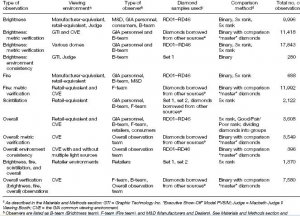


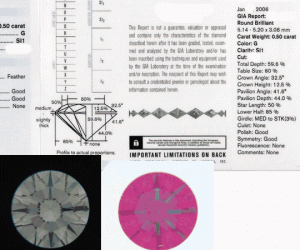
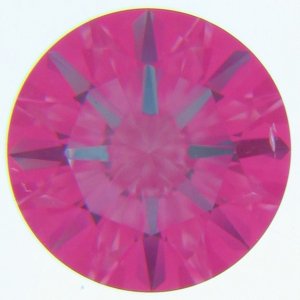
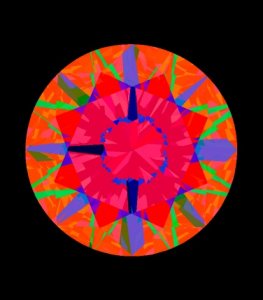
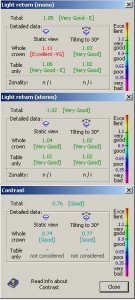

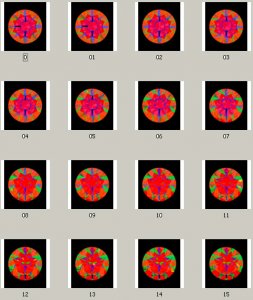

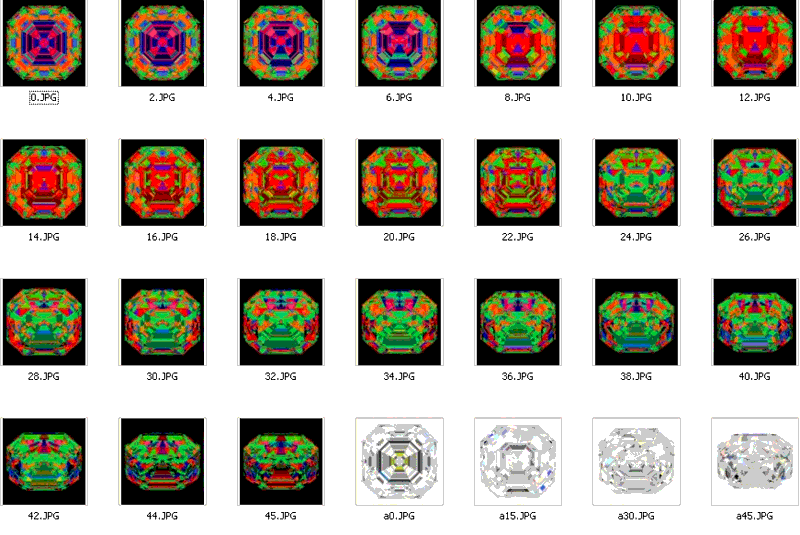


300x240.png)